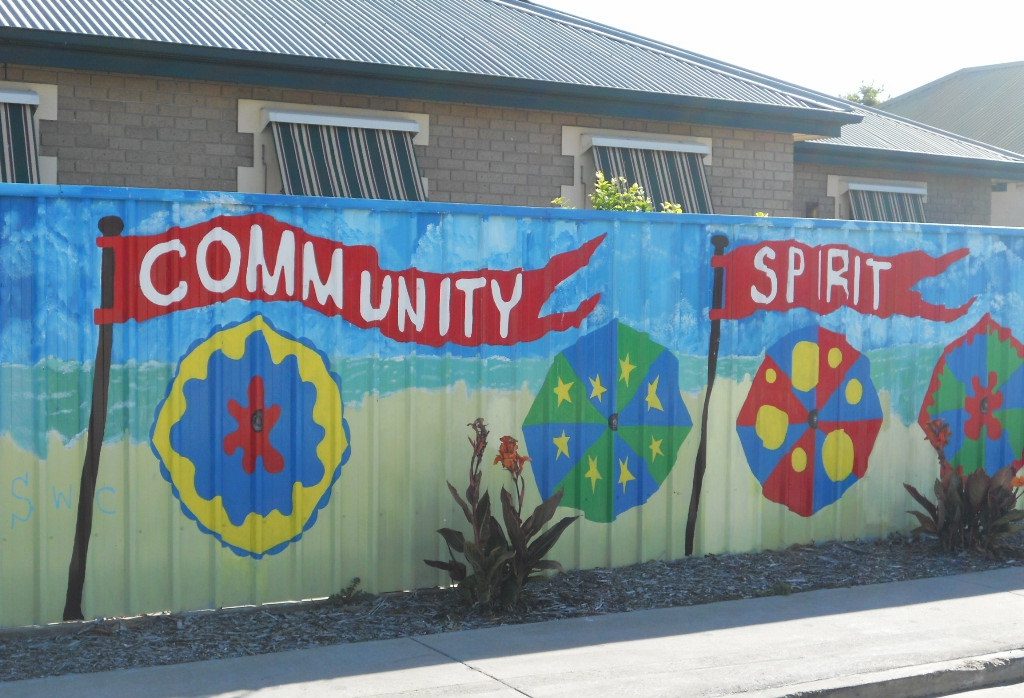
‘With an annual budget approaching $2 billion and about 7,000 staff spread across 10 agencies, it is clear to us that on size alone the Australian Government’s intelligence activities supporting national security are now a major enterprise. They would benefit from being managed as such.’
— Michael L’Estrange and Stephen Merchant, 2017 Independent Intelligence Review
This is the intelligence community that grew. More money. More agencies. More expansion still to come.
Even the ‘community’ nomenclature has expanded to embrace all the collectors and analysts, cops and lawyers, spooks and spies, cyber nerds and cyber warriors, diplomats and accountants, mappers and managers …
Consider the move from six agencies to 10. The original six were/are known as the ‘Australian Intelligence Community’: the Office of National Assessments, the Australian Secret Intelligence Service, the Australian Security Intelligence Organisation, the Australian Signals Directorate, the Defence Intelligence Organisation and the Australian Geospatial-Intelligence Organisation.
The stretch means there’s now a broader ‘National Intelligence Community’, comprising the founding six and the Australian Federal Police, the Department of Immigration and Border Protection, the Australian Criminal Intelligence Commission, and the Australian Transaction Reports and Analysis Centre. There may have to be a recount/rethink, though, because of the 18 July announcement that the government will establish a Home Affairs department to provide ‘strategic planning, coordination and other support to [the] “federation” of independent security and law enforcement agencies’.
When the Home Affairs portfolio is born next year, the heritage usage of Robert Hope’s ‘Australian Intelligence Community’ will give way to the ‘National’ moniker. Perhaps the ‘community’ usage will morph towards ‘enterprise’. The L’Estrange–Merchant review used ‘enterprise’ to express the expansion of the intelligence domain—confronted by threats and embracing larger purposes and interests.
The dollars always tell much. In 2000, the combined budget of the six agencies in the Oz intelligence community was $325 million. By 2010, the figure was $1,070 million. What gets used gets rewarded—and expands. Today it’s a bigger beast, costing $2 billion.
The L’Estrange–Merchant review says that threats and challenges drive the growth: ‘Australia’s evolving national security environment is fundamentally changing the way in which Australia’s intelligence agencies need to operate. It is creating new imperatives for more effective integration and synergies among agencies.’
The ground is shifting and Oz structures have to shift. Yet in growing they must draw closer together. The challenge is to keep what’s valuable while getting better management of a bigger enterprise. That value point was made by the former US director of national intelligence, James Clapper, in commenting on the L’Estrange–Merchant review:
If Australia made no changes to its intelligence posture, it would still have a very competent, professional intelligence community. I have worked with the Australian intelligence community for over 30 years in many capacities, and I can attest to its maturation, sophistication, and tremendous capabilities of Australian intelligence. In the intelligence space, the United States does things with Australia that we do not do with any other ally.
Coming from a different direction in 2014, former Labor defence minister John Faulkner also praised what the Oz intelligence community has done, while warning about the dangers of growth:
In recent years, Australia has benefited from professional and well run intelligence and security agencies; respecting the parliament, the government of the day and our laws. But effective safeguards against the abuse of security powers cannot depend on the personal integrity and quality of the leaders of our agencies. It is the responsibility of Parliament to prescribe safeguards that keep pace with the expansion of security powers.
The challenge in implementing the L’Estrange–Merchant recommendations will be to retain the characteristics that make the community valuable while altering it to make it a more joined-up and coherent enterprise.
Allan Gyngell poses the community-to-enterprise problem this way: ‘Will they preserve the critical distinction between intelligence and policy, so that the products of intelligence collection and assessment aren’t distorted by policy and politics? Probably, but there are dangers here.’
The review spends a lot of space wrestling with various dimensions of these conundrums. For instance, it discusses the shifting balance between ‘strategic intelligence’ and ‘actionable intelligence’. Australia, like its allies, is going to want more ‘actionable intelligence’. In meeting that demand, the risk is that the immediate drives out the long term. Responsiveness has risks. Ministers always want answers, not intelligence community musings on the difference between solvable puzzles and impenetrable mysteries.
The central thought of the review is the need for a greater whole-of-community intelligence structure in Canberra. Michael L’Estrange calls it a ‘stronger centre’. He invokes the familiar language of tackling agency silos and stove-pipes—create a stronger heart at the centre of the federal structure of Oz intelligence agencies. Here is Michael L’Estrange in the last of the five ASPI interviews.

